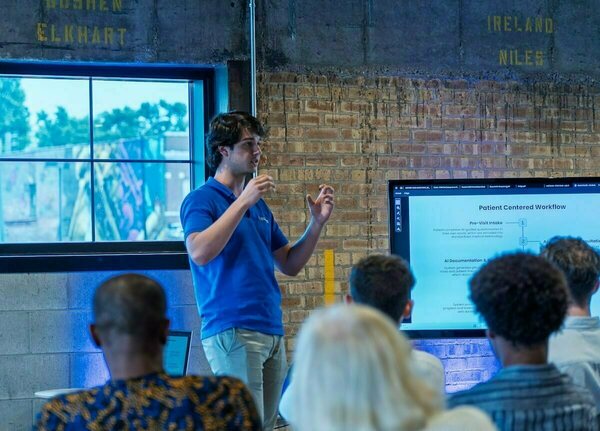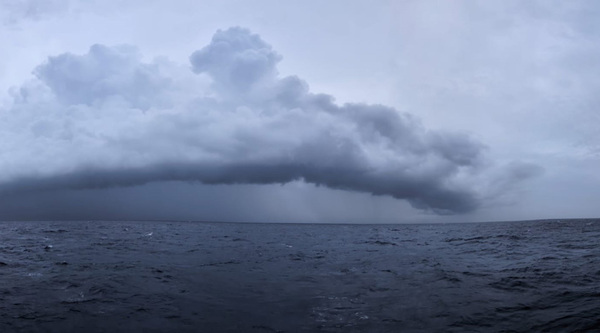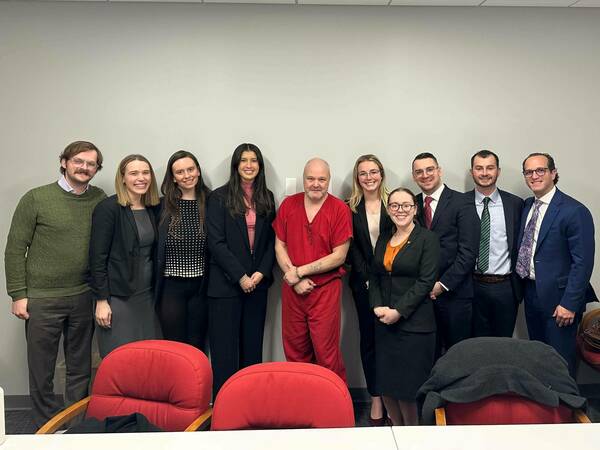Simple changes to social media messaging can help persuade people to heed wildfire evacuation orders

As deadly wildfires rage in Southern California and evacuation orders expand throughout the region, disaster response organizations are charged with providing regular updates on the magnitude of destruction and resources used in response efforts.
Effective communication during disasters is critical to saving lives, but getting people to heed warnings and follow evacuation orders can sometimes prove difficult. Relief organizations’ updates can inadvertently heighten fear and reduce public compliance with safety instructions.
According to research from the University of Notre Dame, simple tweaks to social media messaging can make a huge difference in getting people to take safety mandates seriously.
Reporting the numbers of people, fire engines and helicopters being deployed to fight the fires increases public fear due to a psychological phenomenon known as negativity bias, which causes people to pay more attention to the negative implications of this information (e.g., the fire is growing). That fear can reduce compliance with safety warnings. However, listing the crew’s previous firefighting experience significantly reduces fear and improves public intention to heed warnings, according to a forthcoming study from Alfonso Pedraza-Martinez, the Greg and Patty Fox Collegiate Professor of IT, Analytics and Operations at Notre Dame’s Mendoza College of Business.
Pedraza-Martinez conducted the study, “How Operational Updates Shape Emotional and Behavioral Responses to Disasters,” along with Sebastian Villa from the University of Colorado, independent researcher Patricia Moravec, and Eunae Yoo and Lu (Lucy) Yan from Indiana University.
According to the National Emergency Communications Plan established by the Department of Homeland Security in 2008, relief organizations such as CAL FIRE (California’s Department of Forestry and Fire Protection) must provide operational updates during emergencies to keep the public informed. The messaging overwhelmingly is distributed via social media. In 2022 close to 70 percent of people in the U.S. turned to social media for information during disasters.
By analyzing response data from 27 California wildfires that happened in 2017, the team finds that CAL FIRE’s status reports as well as its information on the deployment of people and machines increased fear among social media users, discouraging them from heeding official warnings.
“CAL FIRE’s Palisades Fire Incident Update today (Jan. 9) at 4:39 a.m. read, ‘Numerous firefighting air tankers from throughout the state are flying fire suppression missions as conditions allow,’” Pedraza-Martinez noted. “Stating the following: ‘Average crew expertise is (xyz) years, with more than (xyz) fires contained’ would have helped to greatly reduce fear and increase people’s intention to heed warnings when shared on social media — an inexpensive and easily implementable intervention.”
Previously published research from Pedraza-Martinez also examined social media communications during wildfires, offering improved strategy regarding timing.
That study found user engagement increases when a disaster relief organization’s national headquarters leads the production of messaging and the organization’s local accounts follow by sharing that messaging to either a matching or a mismatching audience. The national and local channels both should target the same audiences during the early wildfire response when uncertainty is very high, but they should individualize audiences during recovery while the situation remains critical but uncertainty has decreased.
“Research aside, if you have been ordered to evacuate, do it as fast as possible,” said Pedraza-Martinez, who specializes in humanitarian operations and disaster management. “It would be tough to outrun the deadly combination of an uncontrolled wildfire and strong winds heading in your direction.”
Contact: Alfonso Pedraza-Martinez, 574-631-8734, apedraz2@nd.edu
Originally published by at news.nd.edu on January 09, 2025.
Latest Research
- Fighting for Better Virus DetectionAn electronic nose developed by Notre Dame researchers is helping sniff out bird flu biomarkers for faster detection and fewer sick birds. Read the story
- Notre Dame’s seventh edition of Race to Revenue culminates in Demo Day, a celebration of student and alumni entrepreneurship…
- Managing director brings interdisciplinary background to Bioengineering & Life Sciences InitiativeThis story is part of a series of features highlighting the managing directors of the University's strategic initiatives. The managing directors are key (senior) staff members who work directly with the…
- Monsoon mechanics: civil engineers look for answers in the Bay of BengalOff the southwestern coast of India, a pool of unusually warm water forms, reaching 100 feet below the surface. Soon after, the air above begins to churn, triggering the summer monsoon season with its life-giving yet sometimes catastrophic rains. To better understand the link between the formation of the warm pool and the monsoon’s onset, five members of the University of Notre Dame’s Environmental Fluid Mechanics Laboratory set sail into the Bay of Bengal aboard the Thomas G. Thompson, a 274-foot vessel for oceanographic research.
- Exoneration Justice Clinic Victory: Jason Hubbell’s 1999 Murder Conviction Is VacatedThis past Friday, September 12, Bartholomew County Circuit Court Judge Kelly S. Benjamin entered an order vacating Exoneration Justice Clinic (EJC) client Jason Hubbell’s 1999 convictions for murder and criminal confinement based on the State of Indiana’s withholding of material exculpatory evidence implicating another man in the murder.
- Notre Dame to host summit on AI, faith and human flourishing, introducing new DELTA frameworkThe Institute for Ethics and the Common Good and the Notre Dame Ethics Initiative will host the Notre Dame Summit on AI, Faith and Human Flourishing on the University’s campus from Monday, Sept. 22 through Thursday, Sept. 25. This event will draw together a dynamic, ecumenical group of educators, faith leaders, technologists, journalists, policymakers and young people who believe in the enduring relevance of Christian ethical thought in a world of powerful AI.













